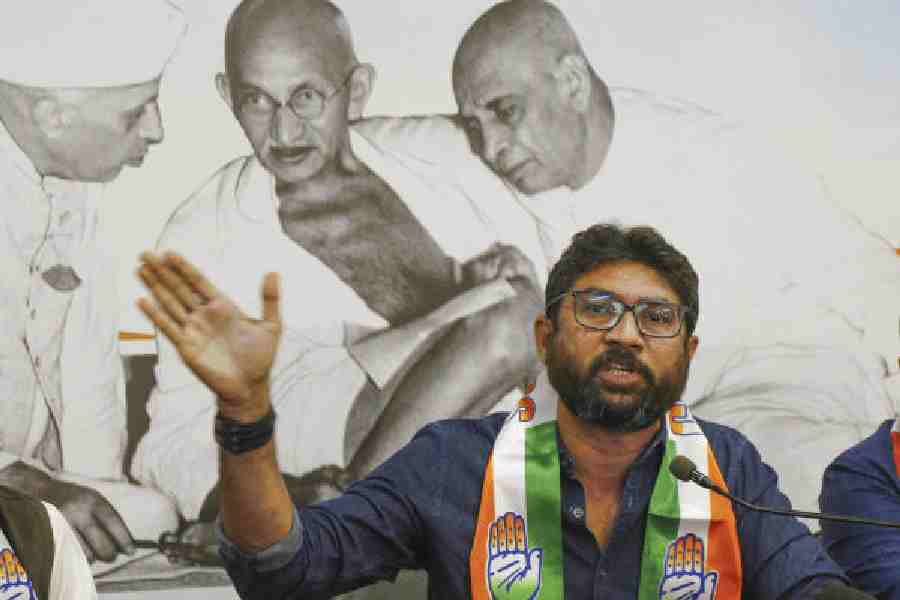Every Kali Puja, unknown to less observant commuters, a portion of the Kalighat Metro station turns into an impromptu shrine where many people stop to pray and make offerings that over the years have included gold and silver jewellery.
This temporary place of worship does not have an idol — a wall painting of Goddess Kali against the backdrop of the Kalighat temple is where the faithful pay obeisance. It starts with a small puja organised by the station staff on the morning of Kali Puja and apparently continues till the last train of the night has passed by.
Nobody seems to know how worshipping the painting of Kali to the left of the ticket counter on the mezzanine section towards gate number 3 became almost a tradition. According to a Metro official, the painting wasn’t intended to be anything more than part of the station décor that includes smaller depictions of other landmarks of the neighbourhood like the Greek church and the potter’s enclave called Potuapara.
The offerings of gold and silver have created a bigger challenge for the station authorities than keeping the temporary shrine from becoming a destination in itself. “A resident of Garia recently offered a small golden crown. There is a nose ring, a tiara and a couple of other items as well that we don’t display because of the possibility of theft,” station superintendent Subrata Chakraborty said.
A trader who lives in an apartment complex near Shakuntala Park in Behala gifted a nose ring for the goddess this time. “My wife takes the Metro regularly to reach her office in Esplanade. She always stops for a brief prayer before entering the platform,” he said, requesting that he be not named.
Some of the small gold and silver items offered to the goddess have been stolen in the past. “People don’t spare even the goddess these days,” said Chakraborty, who has been in charge of the station for three years.
According to the superintendent, a steel gate around 10ft in length and 8ft high and a door in the middle would be installed around the painting of the goddess.
A section of senior Metro officials said they were unsure about whether a puja should be held every year at the station. “Formal permission was neither sought nor granted to organise a puja on the station premises. We will look into what needs to be done,” said Indrani Banerjee, the spokesperson for Metro Railway.
Satyaki Nath, the principal chief operations manager, said there was “no official record” of any jewellery offered at the puja. “I am also unaware of any plan to install a gate. I will check with the station staff.”
At least 200 people, mostly Metro Railway staff and their families, together enjoy a traditional vegetarian meal at the station on Kali Puja. People who offer anjali get a bowl of khichudi and labra as prasad.
The Kalighat temple is counted among the main shrines to the dark goddess worshipped as the destroyer of evil. The station superintendent said he was merely following a tradition by overseeing a puja at the station for one day every year. “The puja was not started by me. I don’t want
to be the one to stop it,” he said.
Chakraborty pointed out that the wall with a painting of the goddess also had images of Guru Nanak and Mother Teresa. “People from all communities come here for the prasad on Kali Puja,” he said.










